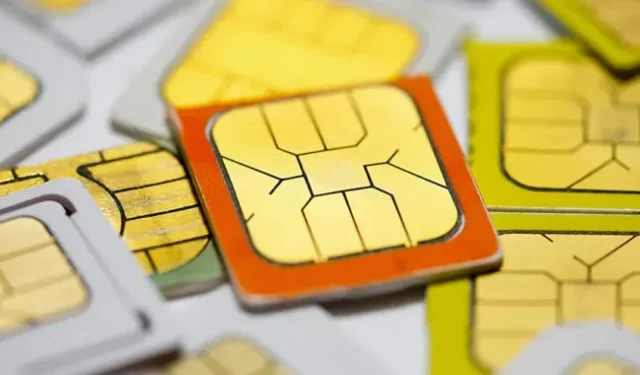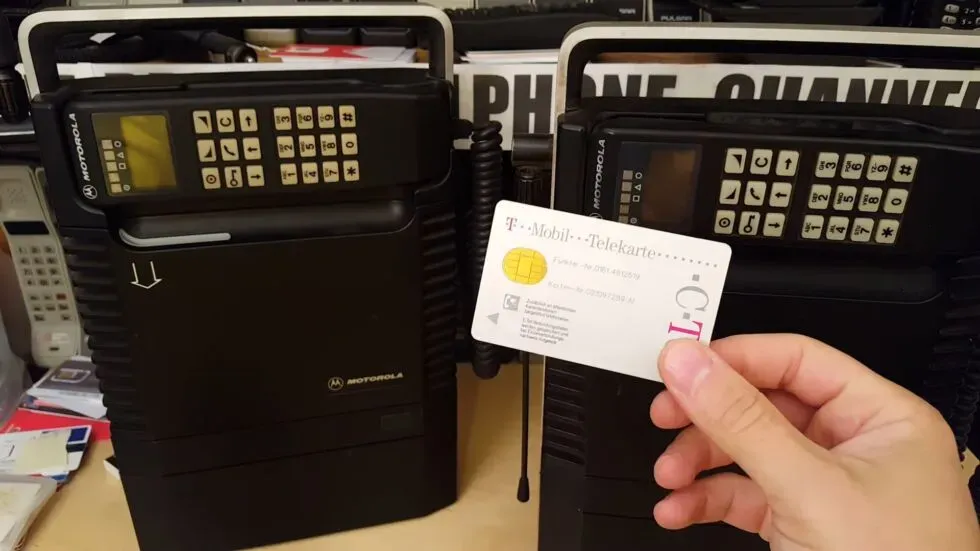iSIM vs. eSIM vs. SIM: The number of ways carriers identify your phone is constantly decreasing

You pay your cell phone bill every month. Somehow this access must get to your device. The SIM card or “Subscriber Identity Module”connects your phone to your phone bill.
While you might expect authentication to happen online with a simple username and password, cell phones predate the Internet, so SIM cards can seem a bit old-fashioned. However, the industry is trying to modernize while maintaining backward compatibility with older devices, and this has resulted in many different SIM card formats. The newest of these is iSIM, the latest advancement in the never-ending quest to save space on your smartphone.
Old physical SIM card

Physical SIM cards have always existed. These are pieces of plastic that you get from your mobile carrier and put into your mobile phone. A small gold chip printed on the card, much like the chips on credit cards, makes electrical contact with a slot in your phone. Even these physical cards have their standards and have shrunk over time; there is Mini SIM, Micro SIM and Nano SIM which use the same chip with different amounts of plastic around it.
Going back even further, there was a “Standard SIM”about the size of a credit card without any diminutive prefixes. If you want to understand why SIM cards work the way they do, it’s worth taking a look at how these smart cards used to work. Many of the early cell phones of the 1980s were fixed car phones or 12-pound portables with shoulder straps and lead-acid batteries. (The first cell phone, the Motorola DynaTac, was much smaller, but it had a half-hour battery life. Practical phones should have been much larger.)

Because phones were less portable at the time, you could take a “smart card”with you instead (the “SIM”standard was not yet in use). The card contained your payment information and address book, so you could simply insert it into any phone and make a call. It used the credit card form factor because you used it a lot like a credit card – you’d be expected to put it in multiple phones every day to pay for phone services. (If you ever notice that a SIM card chip and a credit card with a chip look the same, they are based on the same ISO/IEC 7816 standard.). changing a card is as easy as using a credit card terminal. You can rent a car, insert a credit card-sized SIM card into your car phone, and drive.
Leave a Reply